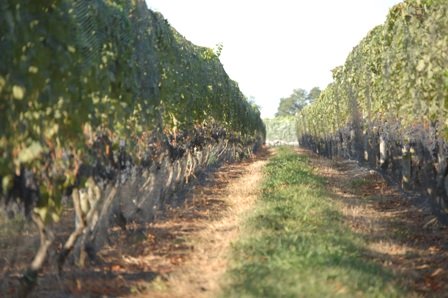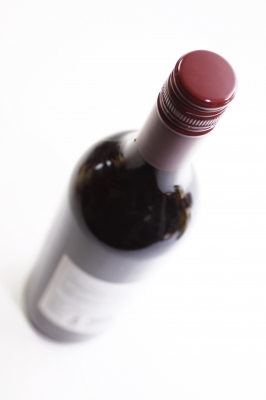|
Petite Sirah or Durif is a red wine not to be overlooked Petite Sirah or Durif is a variety of red wine grape primarily grown in California, Australia, France, and Israel. Since the end of the 20th century, wineries located in Washington's Yakima River Valley, Maryland, Arizona, West Virginia, Chile, Mexico's Baja Peninsula, and Ontario's Niagara Peninsula have also produced wines from Durif grapes. It is the main grape known in the U.S. and Israel as Petite Sirah, with over 90% of the California plantings labeled "Petite Sirah" being Durif grapes; the U.S. Bureau of Alcohol, Tobacco, Firearms and Explosives (ATF) recognizes "Durif" and "Petite Sirah" as interchangeable synonyms referring to the same grape. It produces tannic wines with a spicy, plummy flavour. The grape originated as a cross of Syrah pollen germinating a Peloursin plant. On some occasions, Peloursin and Syrah vines may be called Petite Sirah, usually because the varieties are extremely difficult to distinguish in old age.
The Durif grape is named after François Durif, a botanist at the University of Montpellier. It was in a Peloursin vineyard near the university that he discovered the unique vine that he named for himself in 1880. As a conclusion of DNA fingerprinting at the University of California, Davis in 1997, Syrah was identified as the source of the pollen that originally crossed with Peloursin flowers. The grape's high resistance to downy mildew encouraged its cultivation in the early 20th century in areas like Isère and Ardèche, although the relative low quality of the resulting wine caused the grape to fall out of favor with local wine authorities. Today, it is almost nonexistent in France
|
Sign up for weekly Red Wine Reviews
CLICK HEREWe will send you the extremely popular Red-Wine-Home tasting terms when you sign-up.






